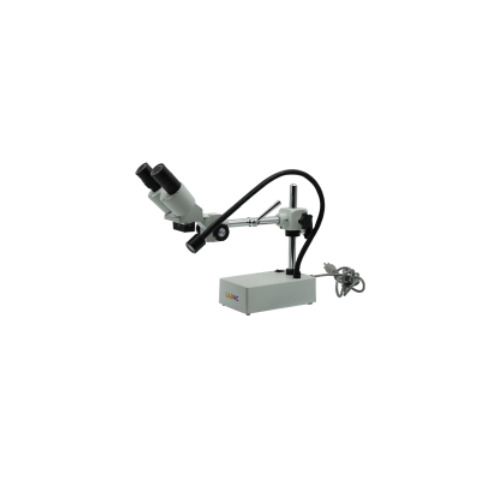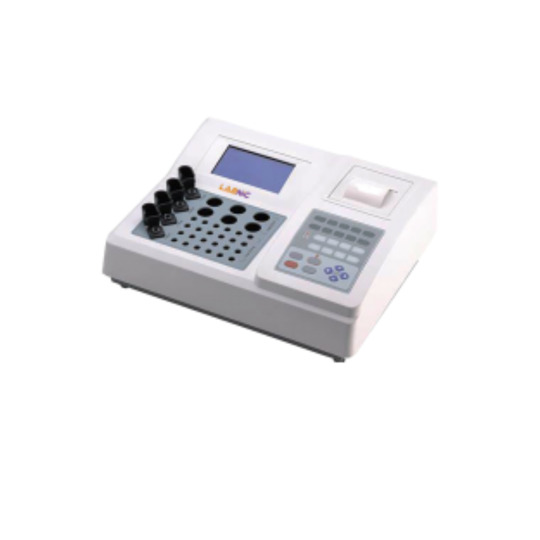#OpticalSystem
Explore tagged Tumblr posts
Text





ARTICLE|Ten Project BUHAWI Units are ongoing Procurement for the Philippine Navy:
#rodrigoduterte#departmentofscienceandtechnology#dost#philippinenavy#projectbuildingauniversalmountforheavybarrelautomatedweaponintegration#projectbuhawi#remoteweaponsstation#rws#opticalsystem#heavymachinegun#hmg#seavessels#asiandefenseandsecurity#adas#pasay#navalresearchandtechnologydevelopmentcenter#nrtdc#scalemodel#tarlacclass#landingdock#brpheracleoalano#pc376#joseandaradaclass#patrolcraft
0 notes
Text
UV Visible Spectrophotometer 500 W

Labnic UV-Visible Spectrophotometer, which features a double beam optical system with a PMT detector, has a 190–900 nm wavelength range and 0.1–5 nm spectral bandwidth. Its ergonomic touch-screen, ultra-high-speed scanning, and compact design save 30% installation space.
0 notes
Text

Colposcope AM-CLA13 is an optical system with a microscope to display clear and better images for diagnosis. The built-in green filter provides images with good contrast. The 5-step magnification gives detailed images for better examination.
0 notes
Text
Cornea Function
The cornea is a remarkable part of the eye that plays a vital role in our vision. It acts as a transparent dome-shaped layer that covers the front part of the eye, acting as a protective shield. In this article, we will delve into the function of the cornea, exploring its importance in maintaining clear and healthy vision.
1. Introduction to the Cornea
The cornea is the clear, outermost layer of the eye, positioned in front of the iris, pupil, and lens. It is primarily responsible for allowing light to enter the eye and refracting it onto the lens. The cornea contributes significantly to the eye's focusing power and assists in providing clear and sharp vision.
2. Optical Function
The cornea plays a crucial role in the eye's overall optical system. When light enters the eye, it first encounters the cornea. The cornea's curved shape helps bend the incoming light, refracting it onto the lens. This process assists in focusing the light onto the retina, located at the back of the eye, and facilitates the formation of a clear and well-defined visual image.
3. Protection and Shielding
One of the primary functions of the cornea is to protect the delicate structures within the eye. It acts as a shield, safeguarding the eye against external factors such as dust, debris, and harmful ultraviolet (UV) radiation. The cornea also contains nerve endings that contribute to the eye's sensitivity, triggering protective reflexes like blinking to prevent foreign objects from entering the eye.
4. Transparent Structure
The cornea's transparency is crucial for maintaining clear vision. It is composed of specialized cells and collagen fibers arranged in a precise and uniform manner, allowing light to pass through without significant distortion. The transparency of the cornea is essential for proper vision as it permits light to reach the retina unimpeded, ensuring optimal visual perception.
5. Refractive Power
Another critical function of the cornea is its refractive power. By virtue of its curvature, the cornea refracts incoming light and helps focus it onto the lens. This bending of light rays allows for accurate focusing and contributes to the eye's ability to adjust its focus for near and distant objects. Any irregularities in the cornea's shape or curvature can lead to refractive errors such as nearsightedness, farsightedness, and astigmatism.
6. Nutrient Supply
While the cornea is avascular, meaning it does not have blood vessels, it still requires nourishment to maintain its health and function. It receives essential nutrients and oxygen from the tear film and aqueous humor, a watery fluid present in the front part of the eye. The cornea's unique structure allows it to absorb oxygen directly from the air, ensuring its vitality.
7. Sensitivity and Touch
The cornea contains numerous nerve endings, making it highly sensitive to touch and foreign particles. This sensitivity helps protect the eye and triggers immediate reflex responses to potentially harmful stimuli. The corneal nerves are responsible for our ability to feel the presence of foreign bodies, resulting in tearing, blinking, and other protective responses.
8. Healing and Regeneration
Due to its exposed position, the cornea is susceptible to injuries and damage. However, it possesses a remarkable ability to heal and regenerate. The cornea's outermost layer, called the epithelium, can repair itself within a matter of days, while deeper corneal injuries may require a more extended healing process. This regenerative capacity contributes to the cornea's resilience and recovery from various conditions.
Conclusion
The cornea is an extraordinary structure that performs several crucial functions in the eye. It acts as a protective shield, refracts light, provides clear vision, and facilitates the eye's overall optical system. Understanding the function of the cornea is vital for appreciating its significance in maintaining healthy eyes and clear vision. For more information Visit: www.shrikrishnanetralaya.com
#CorneaFunction#EyeAnatomy#VisionHealth#OpticalSystem#EyeProtection#TransparentStructure#RefractivePower#NourishmentForCornea#CornealSensitivity#HealingandRegeneration#EyeHealthAwareness#ClearVision#CornealHealth#EyeCare#ShriKrishnaNetralaya
0 notes
Text

Computational Methods for Electromagnetic and Optical Systems, 2nd edition (4 May 2011) DM for Order #sarasbooks65
Contact : +91-9958491228
#Electromagnetic#opticalsystem#electronic#reading#readinglist#readingtimes#bookhub#booksexport#bookshelfies#exclusive
0 notes
Video
youtube
Single-Stage Ion Optics for Alkali Beam Spectroscopy#scientist#YSt
Development of a compact, single-stage ion optics system aimed at enhancing alkali beam emission spectroscopy diagnostics—focused on improving spatial resolution, signal strength, and applicability in plasma and fusion research environments.
#Professor, #Lecturer, #Scientist, #Scholar, #Researcher, #Analyst, #, Engineer, #Technician, #Coordinator#Specialist, #Writer, #Assistant, #Associate, #Biologist, #Chemist, #Physicist, #Statistician, #DataScientist, #Consultant, #Coordinator, #IonOptics, #BeamSpectroscopy, #AlkaliBeams #PlasmaDiagnostics, #FusionResearch, #SpectroscopyDesign, #OpticalSystems, #SingleStageOptics, #LaserDiagnostics, #IonBeam #PlasmaScience, #PhysicsResearch, #SpectroscopyTech, #Instrumentation #OpticalEngineering, #EnergyAward, #RenewableEnergyAward, #AgricultureAward, #FoodScienceAward, #ForestryAward, #WildlifeConservationAward, #UrbanPlanningAward, #TransportationAward, #ArchitectureAward, #DesignAward
International Young Scientist Awards
Website link: youngscientistawards.com
Nomination Link: https://youngscientistawards.com/award-nomination/?ecategory=Awards&rcategory=Awardee
Contact Us: [email protected] ______________________ Social Media:
Twitter : https://twitter.com/youngsc06963908
Linkedin- : https://www.linkedin.com/in/shravya-r...
Pinterest : https://in.pinterest.com/youngscienti...
Blog : https://youngscientistaward.blogspot....
Tumblr : https://www.tumblr.com/blog/shravya9v
0 notes
Photo

#Eyes #visualsystem #vision #visualdetail #light #electrochemicalimpulses #neurons #neurones #eye #image #electricalsignals #opticalsystem #incominglight #complexeyes #retinal #photosensitive #pupillarylightreflex #ojos #ojo #eyeballs #eyeball https://www.instagram.com/p/CjyI_JKpFgo/?igshid=NGJjMDIxMWI=
#eyes#visualsystem#vision#visualdetail#light#electrochemicalimpulses#neurons#neurones#eye#image#electricalsignals#opticalsystem#incominglight#complexeyes#retinal#photosensitive#pupillarylightreflex#ojos#ojo#eyeballs#eyeball
1 note
·
View note
Text
Stereo Microscope 30 mm

Labnic Stereo Microscope features a Greenough optical system, 10x magnification, and a Siedentopf binocular head with a 45° inclination and fixed rotation. It includes a 55–75mm interpupillary range, an adjustable left tube diopter, WF10x eyepieces and coarse focusing.
0 notes
Text
Semi Auto Coagulation Analyzer ≤3%

Labnic Semi Auto Coagulation Analyzer features four independent working channels, operating at a 470 nm wavelength and in the 15°C to 30°C range. It offers low reagent use under 20 uL with an open system and easy maintenance. Its analyzer is equipped with a light protection cap, making it an efficient choice for laboratories.
0 notes